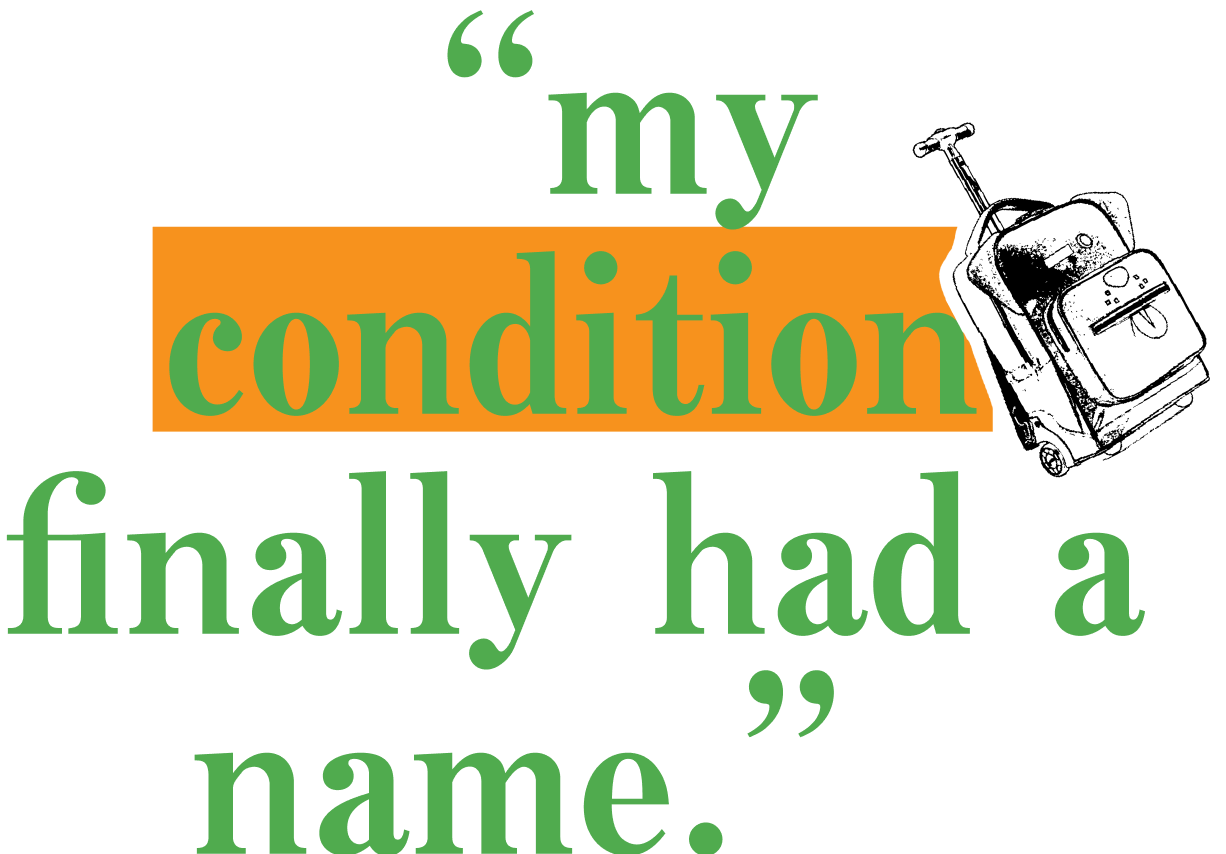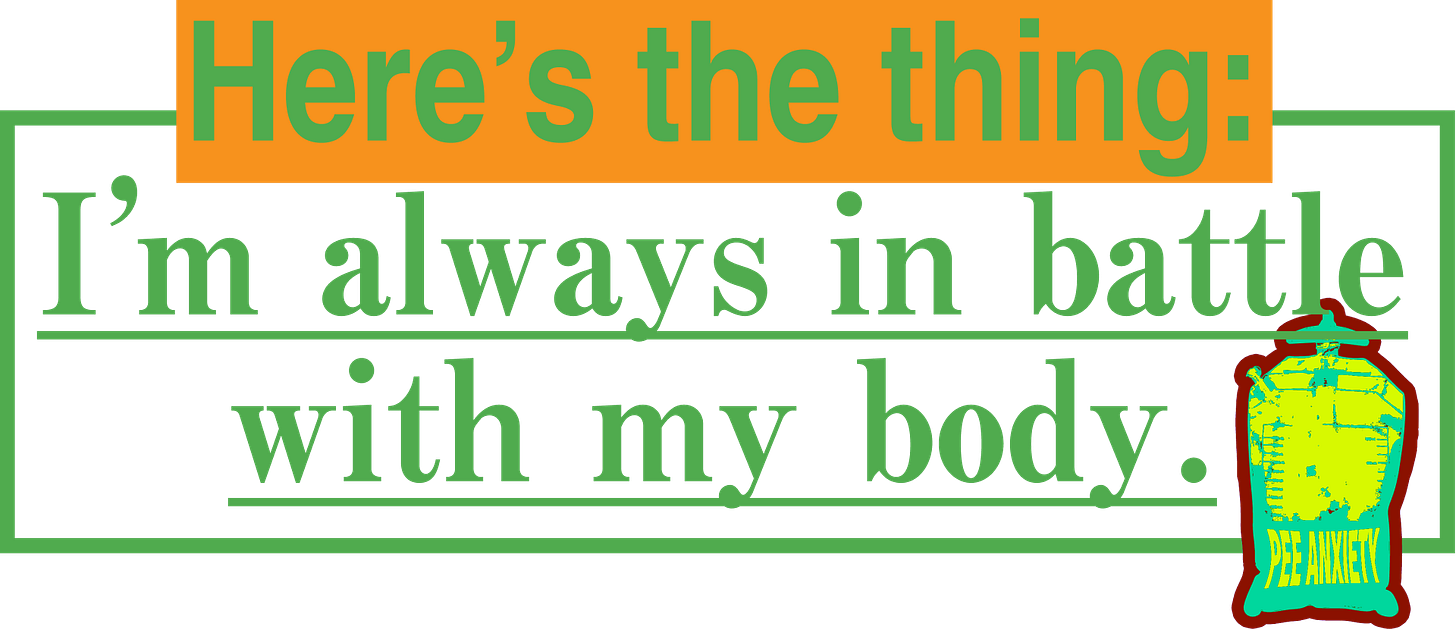I used to be hunched over and now I hurt all the time. One of my earliest memories was my paediatrician telling my mum I’d grow to be six foot one. I didn’t quite get there, though sometimes it feels like I did. At the time, I was thrilled—five more inches than my brother was predicted to grow. But that dream was complicated by my very quirky spine.
Let me start with my spinal condition and the chronic pain I live with today. The root issue is something called a tethered spine. In my own words, it’s when tissue connects the upper part of the spine to the tailbone, restricting growth and movement. Mine developed in utero because of an extra vertebra. My favourite weird fact about myself is I have more bones than you. When puberty hit, instead of shooting up, my body shot forwards. I developed kyphosis, essentially a hunchback. Years spent in that posture meant my back muscles developed incorrectly, leaving me with chronic pain in my back and shoulders—pain that’s been constant since my surgery thirteen years ago. So that’s the overview: I used to be hunched over, and now I just hurt all the time.
I honestly can’t remember a time without pain. Thinking about my adolescence still stings—living with pain no one believed in, not even doctors. My parents, like most, thought posture correction was a matter of discipline. “Stand up straight,” they’d tell me, again and again. I tried. I’d yank my shoulders back, strain to align my spine, and instantly be stopped by searing pain from the tether pulling downwards. From the outside it looked like I wasn’t even trying. I’d hear, “just do it like this,” as people demonstrated their perfectly straight backs, making me feel broken. I was 11 years old, hunched over, binge eating to cope, and starting to believe I was failing at something everyone else could do so easily. Even being touched on my neck or shoulders made me flinch.
Those years were a blur of appointments: orthopaedic consults, physical therapy, sports massages, endless scans. Doctors told me they didn’t know why I was in so much pain. CAT scans, with their hour-long clacking inside a narrow tube, became routine. By the end, I could handle them without panicking, but they never got easier. One doctor even came close to recommending a metal rod in my back—a misdiagnosis that would have left me with lifelong limitations. All the time spent at clinics meant I missed out on school activities and friends. I didn’t have a huge social circle anyway, but the absences deepened my sense of isolation. The silver lining: I grew very close to my mum, who carried me through every appointment and dead-end diagnosis.
After the near-rod disaster, my mum brought me back to her orthopaedic surgeon who specialised in sports medicine. He had just read about Olympic runner Lolo Jones’s tethered spine diagnosis. Something clicked. That was it—my condition finally had a name. Surgery was scheduled. It wasn’t a routine operation. Because the tethering was close to my spinal cord, there was a risk it could affect my ability to walk. I only half-heard that warning, preferring not to dwell on it. Mostly I felt relieved. After years of unexplained pain, there was a plan.
Surgery mornings are strange—you wake up knowing someone is about to cut you open. At 5 a.m., I was groggy but more at peace than scared. I had lived with pain so long, what was a bit more? Still, when the anaesthesia hit and I was wheeled into the operating room, I started shaking. They had me count backwards. I made it to four.
Waking up was worse. I couldn’t move, I was woozy, and I cried immediately when I saw my mum. The doctor entered smiling. He explained what he’d found: the tether pulling my spine was so tight that when he cut it, it literally boinged. The release was so dramatic I grew three or four inches on the spot. Imagine going to sleep one height and waking up nearly half a foot taller. I felt like a deer learning to stand.
Because of the risk of spinal instability, I wasn’t allowed to walk for hours afterwards. Meanwhile, my bladder had other plans. The options were grim: bedpan or catheter. With my lifelong “pee anxiety,” the bedpan was impossible. The catheter was excruciating and didn’t even work. Only after much protesting did the nurses let me hobble to the bathroom, IV and all. My spine didn’t collapse, but my body felt fragile, as if I were held together by thread. I didn’t stay overnight. Once cleared, I was wheeled out to my mum’s car and sent home to recover.
I spent the first week at my mum’s, the second at my dad’s. My mum turned into a world-class nurse. Pain meds on time, incision care, meals, and endless replays of 13 Going on 30. She made sure I had comfort in every possible way. The medication wreaked havoc on my stomach, but otherwise, recovery was mostly boring: online shopping, iChatting with friends, hunting for the perfect roller backpack since I wasn’t allowed to carry more than a book.
That was the last major medical intervention for my back. The surgery freed my spine but didn’t erase the pain. Instead, I was left with a body that felt permanently complicated.
Here’s the thing: I’m always in battle with my body. Not just in the “ugh, I don’t like how I look” sense—though I struggle with that, too—but in the “living in this body makes everyday life harder” sense. Every outing comes with anxiety. Will there be seating? Will I have to sit too long? Can I carry my bag without wrecking my back? Holding something heavy for more than a few minutes can undo me. I’m constantly shifting in public, contorting myself into odd shapes just to ease the pressure in my shoulders and spine. Right now, as I write this on a flight, I’m twisted sideways, trying to relieve the fire behind my shoulder blade. I still carry embarrassment about my slight hunch. Even though I know how much I’ve stretched, strengthened, and fought for mobility, it’s a reminder my body won’t ever look “normal.” But I’m not sharing this as a “boohoo” moment. People live with far greater pain. I’m proud, actually—proud that I live fully with it, that I don’t let it erase my life.
What frustrates me most is how invisible this kind of pain is. Non-visual conditions are so often dismissed as exaggerated or made-up. Mine isn’t. And though it has been hard, it’s also made me resilient. A few months ago, I impulsively opened up on Instagram about my tethered spine and chronic pain. I expected silence. Instead, my inbox filled with people sharing their own stories. Many had tethered spines too. I had truly thought I was alone. Naïve, I know. I realised I’d spent years convinced my pain wasn’t something others would care about. But sharing wasn’t about centering myself—it was about aligning with people who understood. The comfort I felt hearing from them was something I want to pass on. Now, I’m less self-conscious about the things I do to manage my body: the stretches, the posture shifts, even my slight hunch. Talking openly about it has stripped away some shame.
I didn’t grow to six foot one. My body didn’t unfold the way doctors once predicted. Instead, it bent, broke, healed, and left me with a life of daily discomfort. But it also left me with resilience, empathy, and community. My spine may have tethered me physically, but it also tethered me to a deeper understanding of how we live with pain—and how sharing it makes us feel less alone.
Ella Emhoff is a multidisciplinary artist who explores textiles through knitting, knitwear design, brand installations, and upcycling donated materials. She also founded a community-based knit club to teach knitting and foster in-person connection.










